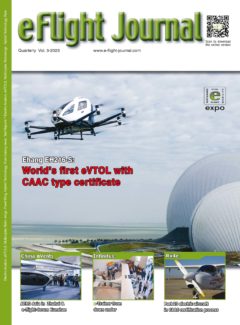The Norwegian electric aviation startup Elfly is designing an fully electric-powered amphibian flying boat and has received $1.8 million funding from the Research Council of Norway. The hull’s design is currently being tested at SINTEF ‘s tow tank in Trondheim. The research that will provide data for the design of the optimal hull is a separate research project supported by Norway’s Regional Research Fund.
According to the CEO of Elfly Eric Lithun, the goal is to be able to offer flexible mobility in Norway, have zero emissions, significantly less noise pollution and develop new sustainable business models. The design goal is to fly 200km at about 250 km/hour. Lithun hopes that with this electric flying boat, the travel time from Bergen to Stavanger will be 40 minutes compared to four to five hours by car. Eventually the electric flying boat will able to fly from Bergen to Trondheim via a stopover in Molde, which will be noticeable from center to center and will beat all other options even with a stopover. Lithun believes that the main reason why seaplanes are not already widespread is because today’s aircraft have internal combustion engines that suck in oxygen and salt water that corrodes the engine which leads to sky-high maintenance costs to operate. By switching to electricity, this problem disappears.

The electric flying boat will have room for nine passengers, and Elfly will offer flights on a par with other commercial players. The goal of Elfly is to have 15 to 20 such flying boat in the air by 2030. In addition to passenger travel, the flying boat can also be used for freight transport, ambulance transport and premium flights where you can charter the entire aircraft. Lithun envisages that it can be used for exclusive electric plane safaris.
